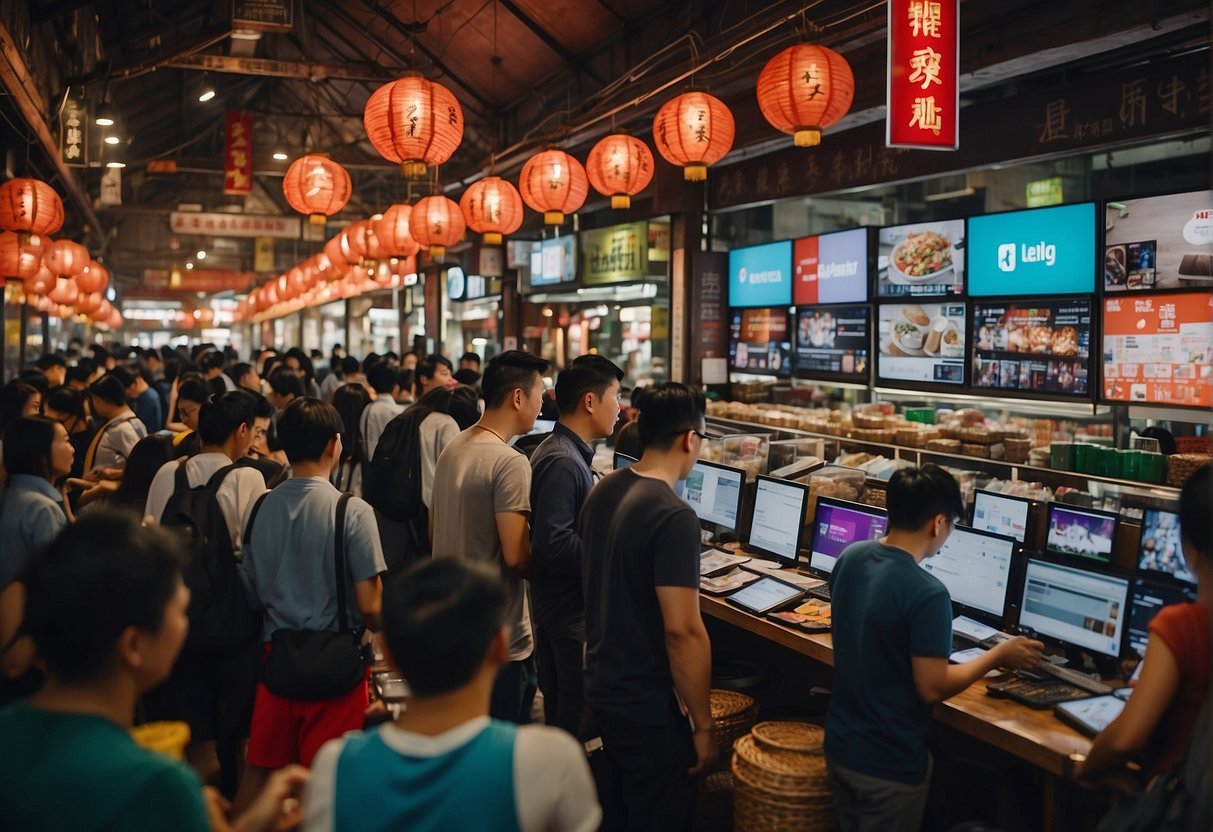At the heart of the conference was a resolute focus on bolstering domestic demand, a policy pivot that echoes a deep understanding of the vulnerabilities in an uncertain global environment. By prioritizing consumption growth and introducing targeted measures such as trade-in programs for consumer goods, policies to alleviate financial burdens on low- and middle-income households, the conference has in fact built a momentum for China for 2025.
With the incentives for high-value sectors like the debut and silver economies explained in this important conference, China aims to shift the axis of its economic growth inward. This move is particularly timely, as the external environment grows increasingly volatile, with trade protectionism, tariff threats, and geopolitical competition threatening the stability of traditional export-driven growth. Domestically, the emphasis on consumption aligns with efforts to enhance the livelihoods of ordinary citizens, ensuring that economic expansion translates into tangible benefits for the broader population.

A standout theme of the conference was its robust endorsement of technological and scientific innovation as the cornerstone of China’s future economic model. The launch of the «AI Plus» initiative and the commitment to cultivating industries of the future signal an ambitious pivot toward high-tech industrialization. This is a desire to modernize traditional manufacturing but also a strategic response to intensifying competition in global technology ecosystems.
India 2023: Presidencia G20 y Organización de Cooperación de Shangai
Compartimos esta material de análisis de la profesora Dra. Lía Rodríguez de la Vega sobre el liderazgo de India en la agenda 2023. En paralelo, la presidencia de la Organización de Cooperación de...
On the global stage, the significance of this conference cannot be overstated. China’s policy shifts, particularly its push for increased domestic consumption and a high-quality industrial upgrade, have far-reaching implications for international trade partners. These moves offer opportunities to align with Beijing’s economic trajectory, particularly in sectors like green trade and digital services. China’s emphasis on expanding high-level opening-up, stabilizing foreign investment, and fostering institutional reforms is a recognition of the interconnectedness of global economic systems.
However, underlying these ambitious plans are challenges. The external environment remains fraught with uncertainty, as evidenced by the potential resumption of trade tensions with the United States and evolving dynamics in global supply chains. Domestically, the path to stimulating consumption and addressing income disparities will require more than just fiscal incentives—it will necessitate deep structural reforms that empower households and private enterprises alike.

The Central Economic Work Conference has charted a comprehensive roadmap that highlights China’s ambition to redefine its economic paradigm while solidifying its role in an evolving global landscape. The focus on resilience, innovation, and inclusivity is an important step towards weathering immediate storms. By this China is also positioning itself as a standard-bearer of sustainable development. The year 2025 will undoubtedly be a pivotal moment, not just for China’s economic trajectory but for the global order at large.
By Phd. Muhammad Asif Noor. Founder of Friends of BRI Forum, Senior Advisor to Pakistan Research Centre at Hebei Normal University in China, Co-Founder of the Alliance of China-Pakistan Research Centres, and Senior Fellow at the Centre for CPEC Studies at Kashi University in China.








